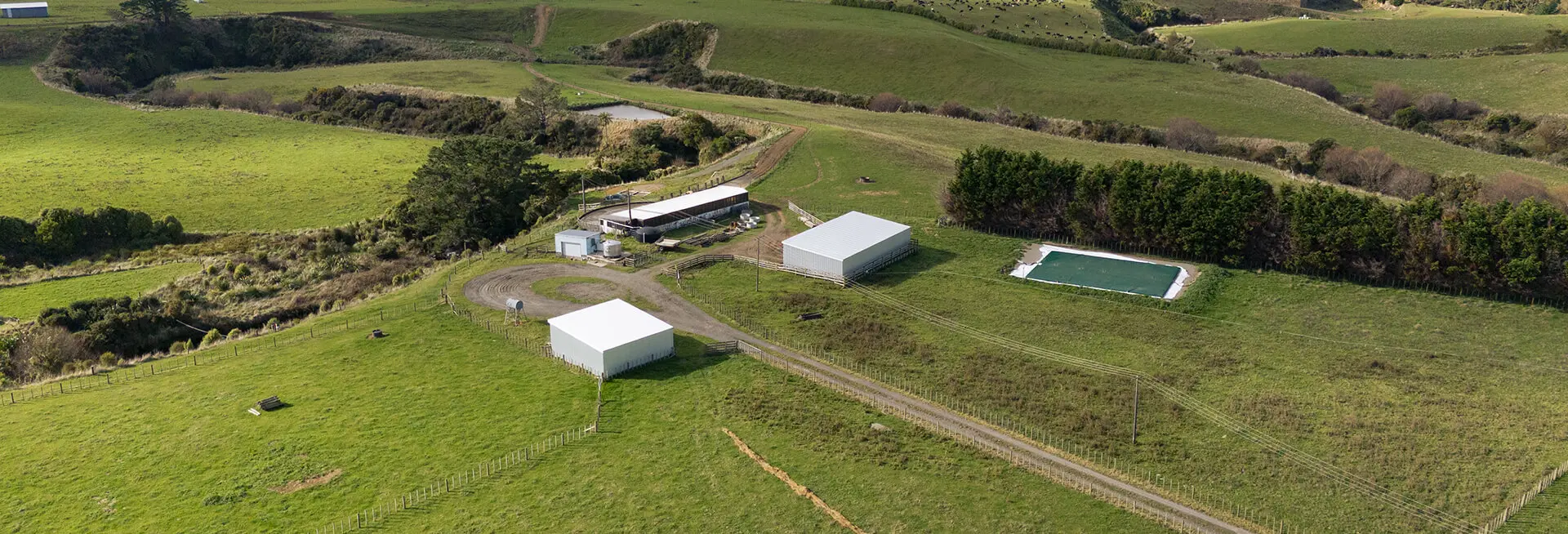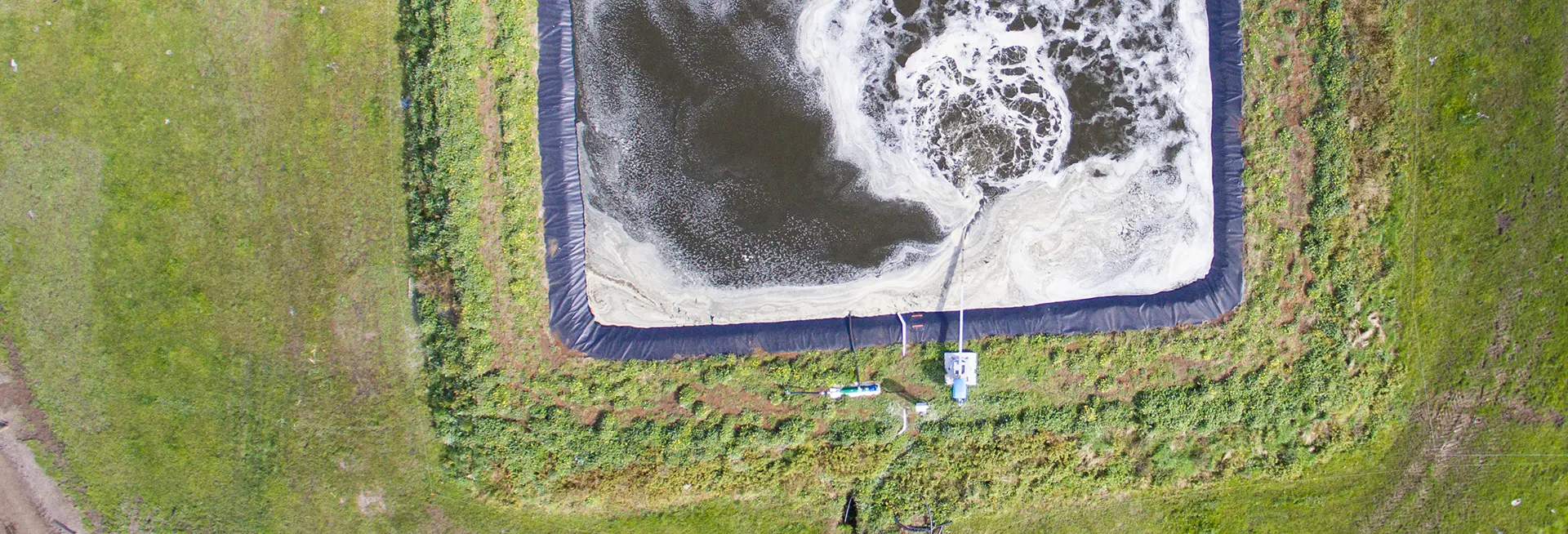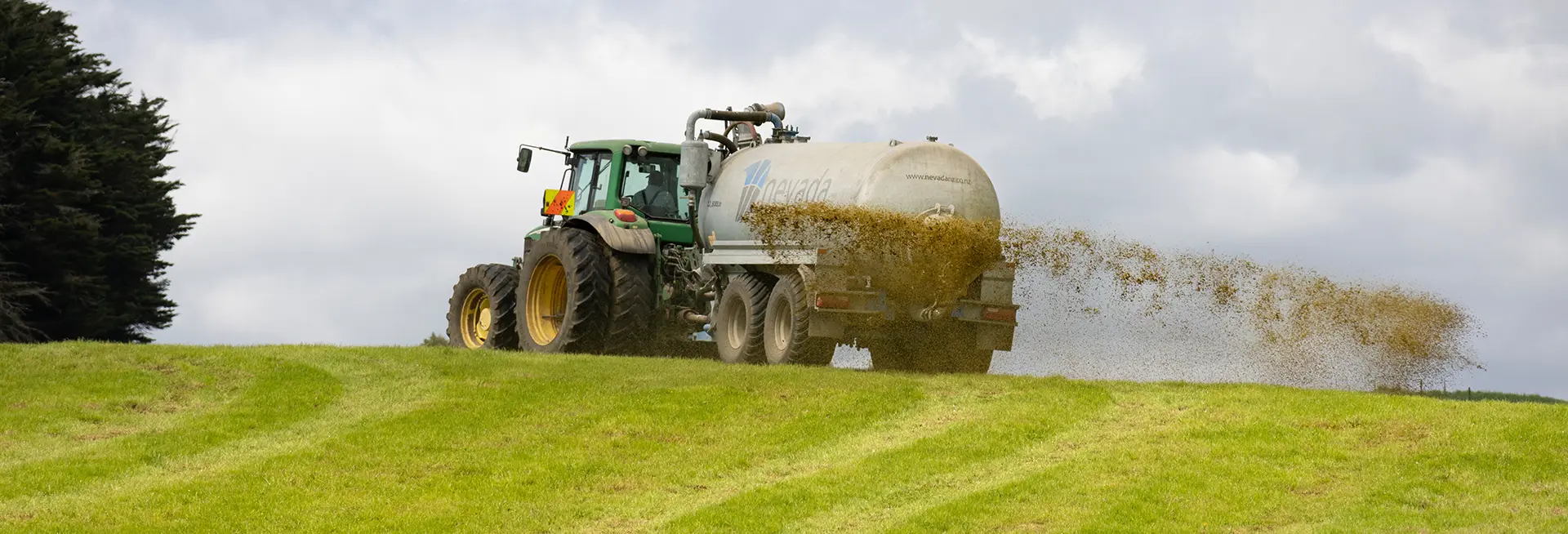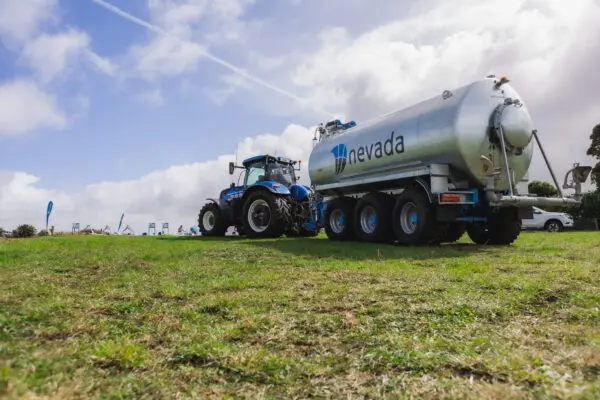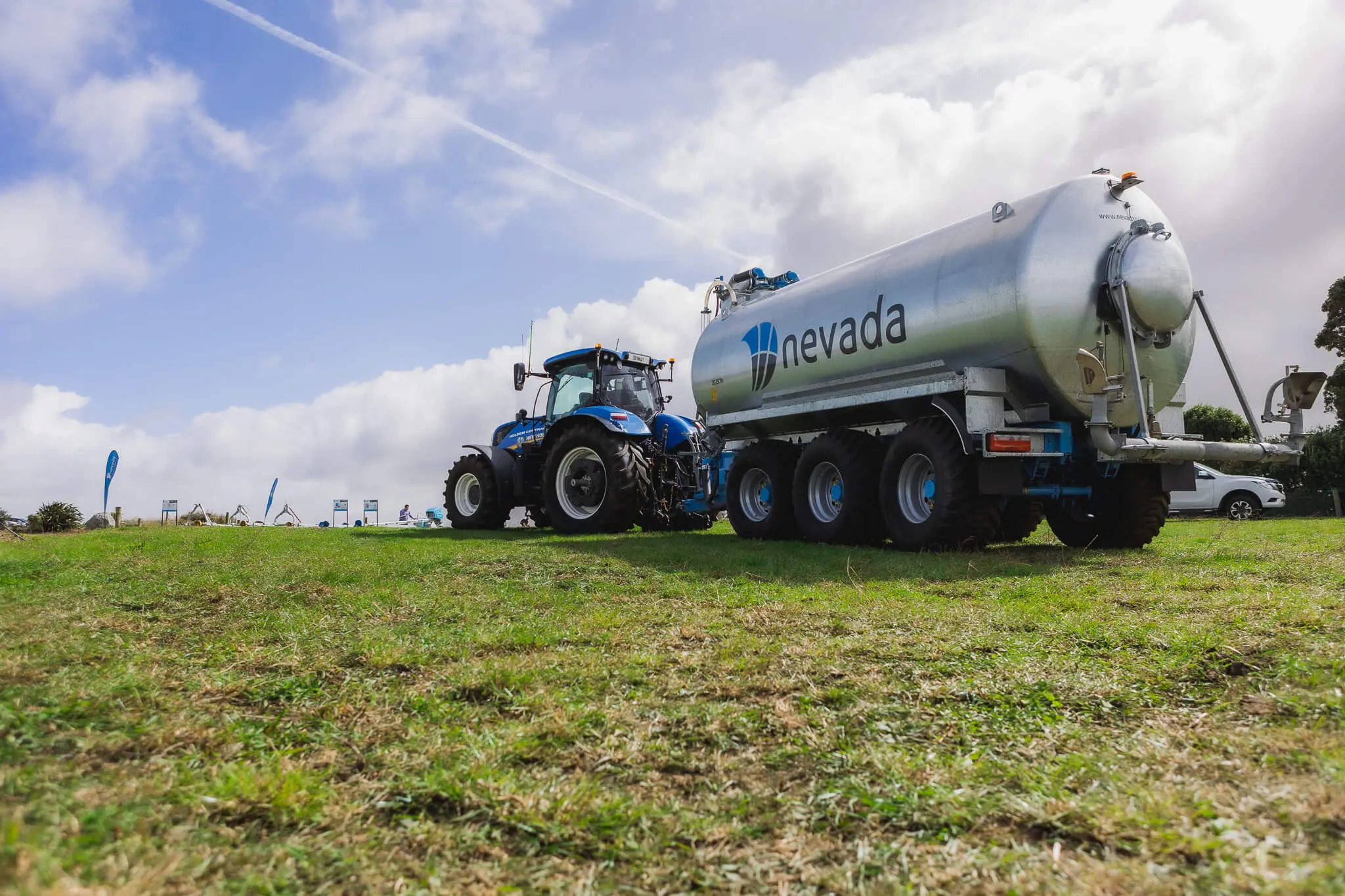The bladders are made from strong, tear-resistant materials that are designed to withstand the weight and pressure of the effluent they contain.
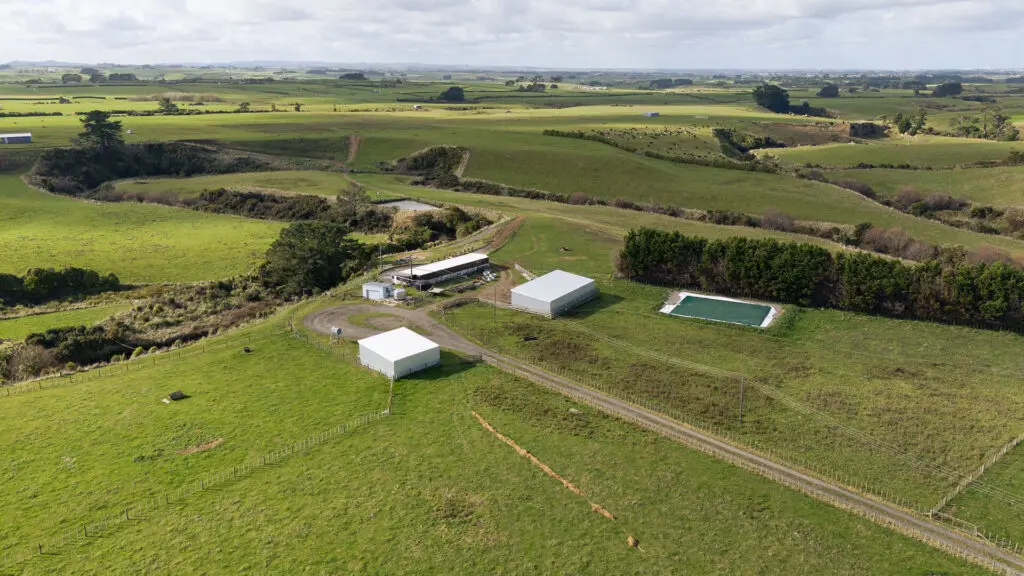
Bladder tanks can actually be stronger than steel tanks with liners
The unique difference between an effluent bladder tank and a steel effluent tank is the integral strength of the bladder’s lining. A bladder is made from interwoven materials that give it the strength to withstand pressure and potential holes. If a hole were to form, it would not rupture, but rather remain as a small hole that can be repaired with a patch kit.
What can cause an effluent bladder to leak?
In the unlikely event of a leak, the cause is usually neglect such as:
- Overfilling the tank.
- A sand trap not functioning correctly.
- Not stirring the effluent; or
- Not fending off stock from the bladder.
These types of issues can usually be prevented through proper maintenance and training of staff.
The other unlikely cause would be vandalism, or an accident like someone shooting on farm and hitting the tank.
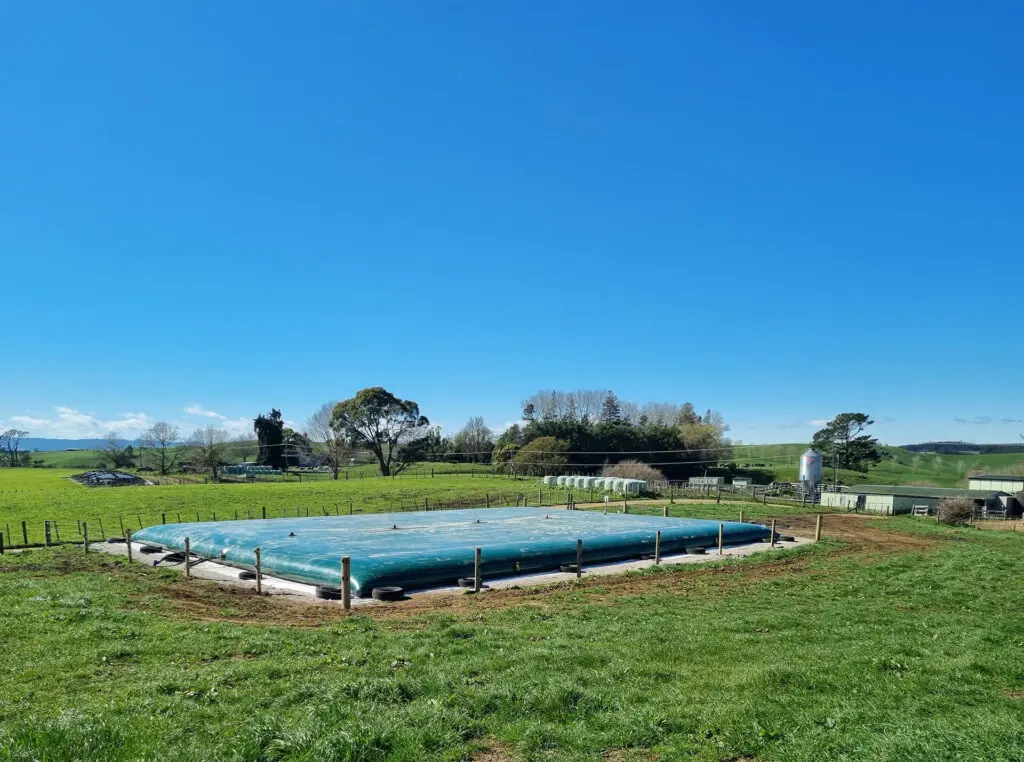
Council regulations
Most council regulations state that farmers must have measures in place in the event of system failure, such as regular maintenance to prevent leaks to waterways or land. Farmers should also have a maintenance plan in place and ensure all staff understand the importance of effluent management, compliance, and non-compliance. Staff should also have adequate training and know what to do in case of an emergency.
This is where it is important to have a contingency plan in place, just in case.
Contingency planning
A contingency plan doesn’t need to be a big deal. Your plan should include:
- Clear Maintenance Schedule: Ensure you have a clear maintenance schedule in place, including regular stirring and emptying of the bladder at least annually.
- Patch Repair Kits: Have patch repair kits on hand, just in case a small hole were to form.
- Level Indicator: Install a level indicator to ensure the bladder is never overfilled.
- Staff Training: Ensure all staff are trained on how to properly maintain the bladder and what to do in case of an emergency.
Other things to consider would be:
- Leak Detection System: Consider installing a leak detection system to alert you in the event of a leak.
- Bunding: Consider using bunding, but make sure you have a way of draining out rainwater to make this practical.
In the event of a major leak, contact your local council to let them know.
Contingencies for major leaks will depend on your farming situation, but some options could be:
- Dig a temporary trench to capture the effluent, then pump or suck it out with a slurry tanker.
- Have a back-up effluent bladder to transfer the slurry into.
By taking these steps, you can ensure you have a contingency plan in place for your effluent bladder tank, reducing the risk of a leak and protecting the environment.
